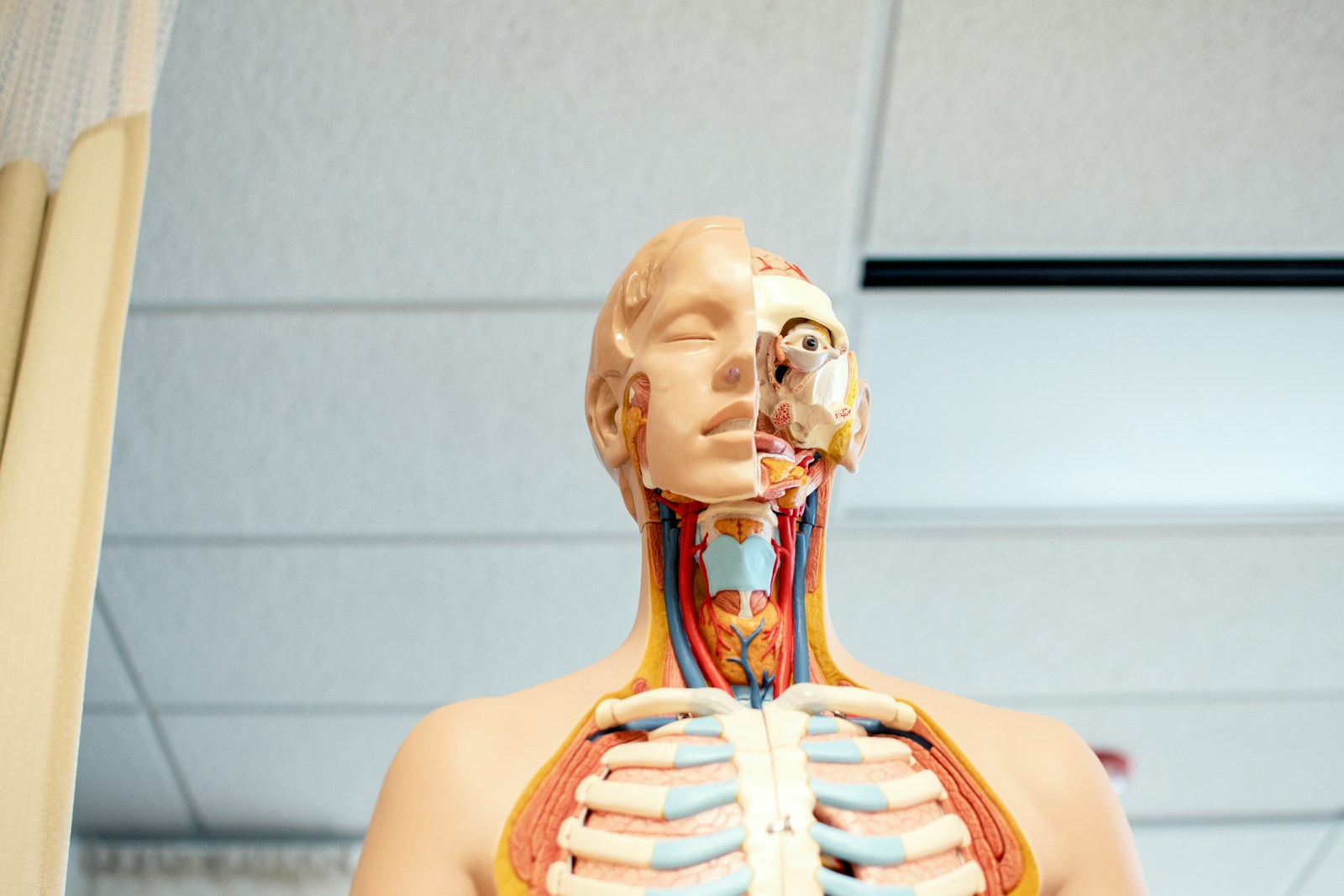Ensuring a safe and healthy workplace is a multifaceted endeavor that encompasses both occupational health and occupational safety. These two fields, while interrelated, each play a distinct role in fostering an environment where employees can thrive without the concern of injury or illness. Understanding these differences is not just beneficial, but crucial for employers aiming to protect their workforce effectively. Occupational health takes a holistic approach, focusing on all aspects of a worker’s well-being, including physical, mental, and social health. It’s about more than just treating injuries or illnesses as they occur; it’s about creating a proactive health management strategy within the workplace. For instance, occupational health professionals might work to mitigate stress-related issues by implementing wellness programs that include mental health days, meditation sessions, or counseling services. A practical example of this could be seen in companies like Google, which offer on-site fitness centers and relaxation spaces designed to reduce stress and encourage physical activity among employees. Moreover, occupational health involves conducting regular health screenings and risk assessments to identify potential health hazards early on. For example, in industries where workers are exposed to hazardous materials, such as asbestos or lead, regular health surveillance is critical. Occupational health professionals assess these risks and recommend measures like proper ventilation systems and regular health check-ups to prevent long-term health issues. They might also provide education on ergonomic practices to prevent musculoskeletal disorders, which are common in office environments due to prolonged periods of sitting or repetitive tasks.
Occupational safety, contrastingly, zeros in on preventing accidents and injuries. This field centers on creating a safe physical environment by identifying potential hazards and implementing safety measures. For example, in construction, safety protocols might include mandatory hard hat use, harness systems for working at heights, and routine machinery inspections. Occupational safety professionals also design and conduct training programs to ensure employees are knowledgeable about the equipment they use and the protocols they must follow to stay safe. A real-world example could be the aviation industry, where rigorous safety checks and detailed training procedures are standard to ensure the safety of all personnel as well as passengers.
A critical component of occupational safety is the use of personal protective equipment (PPE). This could range from gloves and goggles in a laboratory setting to full-body suits in environments where exposure to hazardous chemicals is a risk. The effectiveness of PPE relies heavily on proper training and consistent enforcement of its use. In practice, this means not only providing the equipment but also educating workers on its proper use and the importance of maintaining it in good condition.
Bridging the Two Disciplines
While occupational health and safety have distinct areas of focus, they are most effective when integrated. For instance, a comprehensive approach to workplace safety might involve an occupational health professional collaborating with safety officers to address both immediate and long-term risks. This could involve developing a health and safety committee that regularly reviews workplace policies, investigates incidents, and recommends improvements.
A case study worth noting is the approach taken by Scandinavian countries, which are often at the forefront of occupational health and safety. In Sweden, for example, there is a strong emphasis on both prevention and rehabilitation, with legislation ensuring that companies not only implement safety measures but also support employees returning to work after illness or injury. This holistic approach has been shown to reduce workplace incidents and improve overall employee health outcomes.
Enhancing Mental Health in the Workplace
Mental health is an integral part of occupational health that cannot be overlooked. Encouraging open conversations about mental well-being and providing resources such as stress management workshops can significantly impact an employee’s ability to perform. Companies like Microsoft have implemented mental health first aid training, equipping employees to recognize signs of mental distress in colleagues and themselves. This proactive approach not only aids in early intervention but also reduces stigma surrounding mental health discussions.
Effective Safety Communication
Communication is a cornerstone of effective occupational safety. Ensuring that safety information is clear and accessible is crucial. Visual aids such as posters and digital displays can reinforce safety messages daily. Regular meetings or “toolbox talks” can be employed to discuss recent incidents, review safety procedures, and gather feedback from employees, creating a continuous feedback loop that promotes safety awareness.
Practical Tips for Employers
- Conduct Regular Risk Assessments: Regular assessments help identify new risks as work environments and technologies evolve. This proactive approach can prevent accidents before they occur.
- Invest in Employee Training: Comprehensive training programs should cover both health and safety protocols. This includes not just initial training but ongoing refreshers to keep safety top-of-mind.
- Encourage Open Communication: Foster a culture where employees feel comfortable reporting hazards or health concerns without fear of retaliation. This can be achieved through anonymous surveys or regular feedback sessions.
- Promote Work-Life Balance: Encouraging breaks and flexible working hours can reduce stress and prevent burnout, contributing to better overall health.
- Leverage Technology: Utilize technology such as wearable devices that monitor health indicators or software that tracks safety compliance and incident reports.
Common Mistakes and How to Avoid Them
- Ignoring Mental Health: Often overshadowed by physical safety, mental health is just as crucial. Employers should provide resources like employee assistance programs and promote a supportive work environment.
- Inadequate Safety Drills: Regularly scheduled drills for emergencies like fires or chemical spills ensure that employees know their roles and can act swiftly in a crisis.
- Neglecting Ergonomics: Poor ergonomics can lead to chronic health issues. Simple adjustments like providing adjustable chairs and desks can make a significant difference.
- Overlooking Contractor Safety: Contractors should be held to the same safety standards as employees. This includes ensuring they are trained in relevant safety protocols and equipped with necessary PPE.
- Failure to Update Policies: Safety policies should evolve with changes in the workplace environment or industry regulations. Regular reviews and updates are essential.
The Role of Legislation and Standards
Occupational health and safety are supported by a framework of laws and standards designed to protect workers. In many countries, organizations like the Occupational Safety and Health Administration (OSHA) in the United States set forth guidelines that businesses must follow. These regulations cover everything from permissible exposure limits to specific safety training requirements. Staying informed about these regulations is crucial for compliance and for ensuring that your workplace is as safe as possible.
Future Trends in Occupational Health and Safety
As workplaces continue to evolve, so too do the challenges and solutions in occupational health and safety. Emerging trends include the integration of artificial intelligence to predict and mitigate risks, and the use of virtual reality for immersive safety training. These technologies offer exciting possibilities for making workplaces safer and healthier.
Furthermore, as remote work becomes more prevalent, new considerations for occupational health and safety arise. Companies must now think about ergonomics and mental health support for employees working from home. This includes providing guidelines for setting up a home office and ensuring that remote workers have access to the same health resources as those on-site.
Embracing Cultural Diversity in Safety Practices
In today’s globalized workforce, cultural diversity can influence how occupational health and safety measures are perceived and implemented. For instance, language barriers might hinder the understanding of safety protocols. Employers can address this by offering multilingual resources and training sessions tailored to diverse cultural backgrounds. Culturally inclusive safety practices not only enhance compliance but also foster a more cohesive and cooperative work environment.
The Impact of Technology on Safety and Health
Technology continues to revolutionize how we approach occupational health and safety. For example, wearable technology can monitor workers’ vital signs in real-time, alerting supervisors to potential health issues before they become critical. Drones are being used in construction and mining industries to inspect hazardous areas without putting human lives at risk. These technological advancements not only enhance safety but also improve efficiency and data accuracy in tracking safety metrics.
Building a Safety-First Culture
Creating a safety-first culture requires commitment from all levels of an organization, starting with leadership. When management prioritizes safety, it sets a precedent for the rest of the organization. Leaders can demonstrate their commitment by participating in safety meetings, investing in safety training, and recognizing employees who contribute to a safer workplace. By making safety a core value, companies can ensure that it becomes an integral part of their organizational identity.
Conclusion
By understanding and addressing both occupational health and safety, employers can create a more comprehensive strategy that not only meets regulatory requirements but also enhances employee satisfaction and productivity. This dual focus not only protects workers but also contributes to a more resilient and successful organization. As we move forward, embracing new technologies, fostering inclusive practices, and maintaining open lines of communication will be key to advancing occupational health and safety in the modern workplace.




